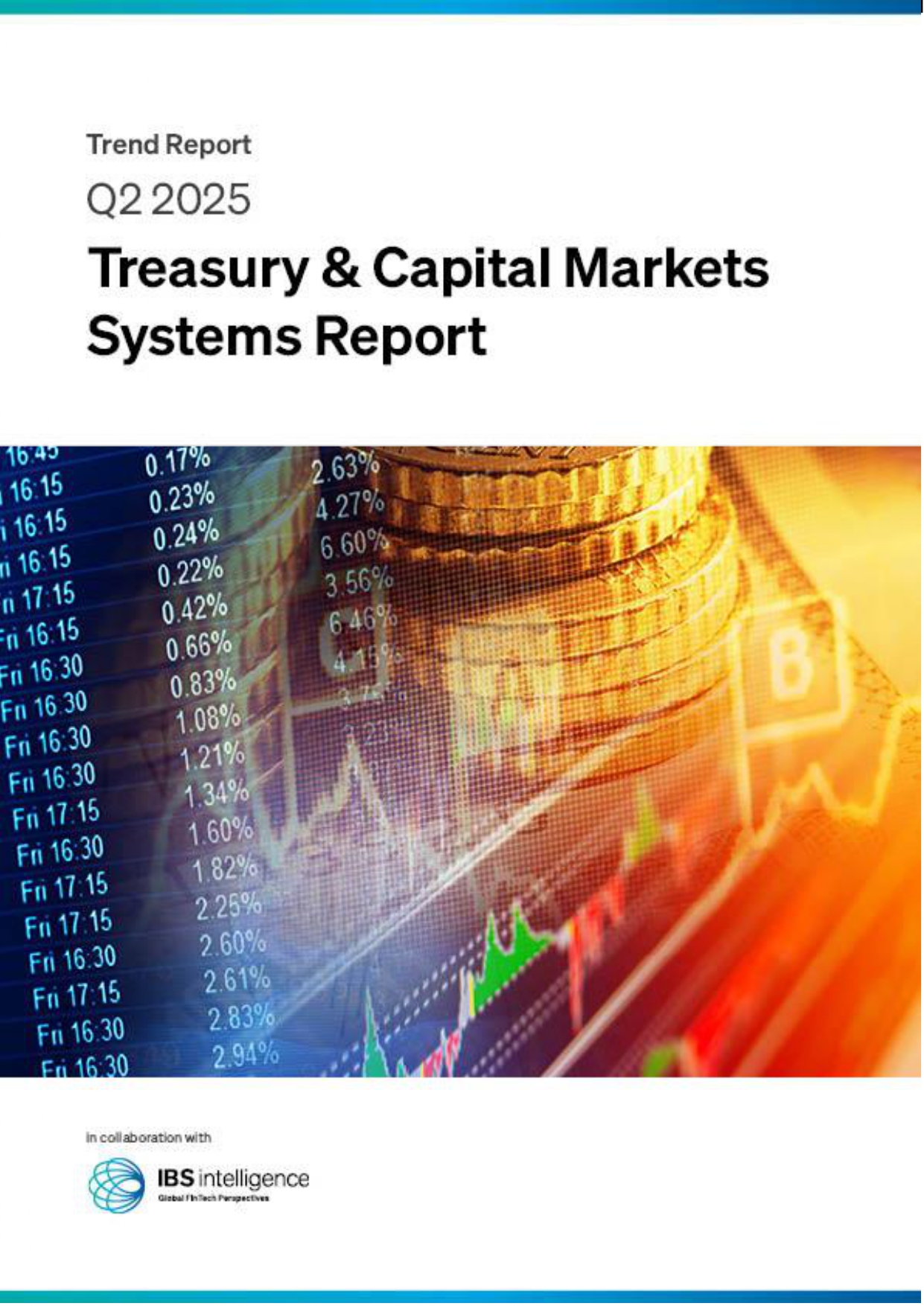 Back
Back
The deep dive: Fraud risk on Black Friday
By Gaia Lamperti
 ‘The deep dive’ is our bi-weekly exploration of a relevant topic, hot trend or new product. For Prime subscribers only.
‘The deep dive’ is our bi-weekly exploration of a relevant topic, hot trend or new product. For Prime subscribers only.
Black Friday is a dark day for financial fraud as the shopping spree can lead bad actors to fraud consumers, and cash strapped consumers try to illegally gather funds to secure bargain deals. According to online fraud fighters SEON’s internal data, this year’s Black Friday is likely to generate a 150% increase in attempted loan fraud on the day, and up to a 300% surge in the use of suspicious emails ahead of Black Friday.
How does it work?
These figures are part of an alarming online fraud trend, which is being driven by cheap virtual phone numbers, custom domain names and email accounts. Many modern fraud schemes enable crooks to remain one step removed from online merchants and take advantage of distinct weaknesses in the application processes of BNPL and pay-day loan providers. Sadly, this fraudulent process has never been easier, quicker, or more affordable to pull off.
A major risk lies in fraudsters ability to use stolen credentials of good, trusted customers to open new accounts. Since BNPL providers typically carry out ‘soft’ credit or identity checks, they’re unlikely to spot potential fraud indicators, such as the email address or mobile number not being linked to the named applicant.
Who is under the radar?
Customers relying on BNPL transactions, which are expected to reach new heights this Black Friday and Cyber Monday, as they have increased 182% in the 12 months, according to the LexisNexis Risk Solutions Cybercrime Report, reflecting the boom in online shopping as a result of global lockdowns.
BNPL schemes provide consumers with additional flexibility and choice when shopping online, yet both retailers and the providers themselves should be mindful of the potential risks.
Yet, BNPL fraud is not the only risk associated with transacting online. LexisNexis Risk Solutions’ report, combining data from 28.7bn online transactions, revealed that also bot attack volumes grew 41% from June 2020 to June 2021, while human-initiated attacks fell 29% over the same period.
Why does it matter now?
This growing ‘industrialisation’ of digital fraud is seeing fraudsters increasingly working together, conducting fraud attacks in organised networks, across sectors and borders, using sophisticated automated tools and dark web intelligence, to commit theft.
Without effective online fraud prevention in place, lending companies could be about to suffer greatly in the lead up to Christmas. Unfortunately, huge discounts have given criminals the upper hand this festive season.
Businesses must therefore ensure they are doing all they can to protect themselves and consumers from fraud risks, by implementing technologies that can accurately distinguish between trusted and fraudulent customer behaviour, without interrupting the customer journey. Particularly in the race to onboard and checkout customers during the festive retail season, BNPL payment providers and online retailers must take care not to overlook the potential risks associated with this emerging payment option.
Consumers want a slick service, but they also need the reassurance that the online merchant they are using can effectively protect their account from being compromised and may take this into account when deciding whether to buy from an online retailer.
IBSi FinTech Journal
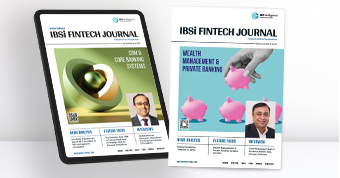
- Most trusted FinTech journal since 1991
- Digital monthly issue
- 60+ pages of research, analysis, interviews, opinions, and rankings
- Global coverage
Other Related News
Related Reports

Sales League Table Report 2025
Know More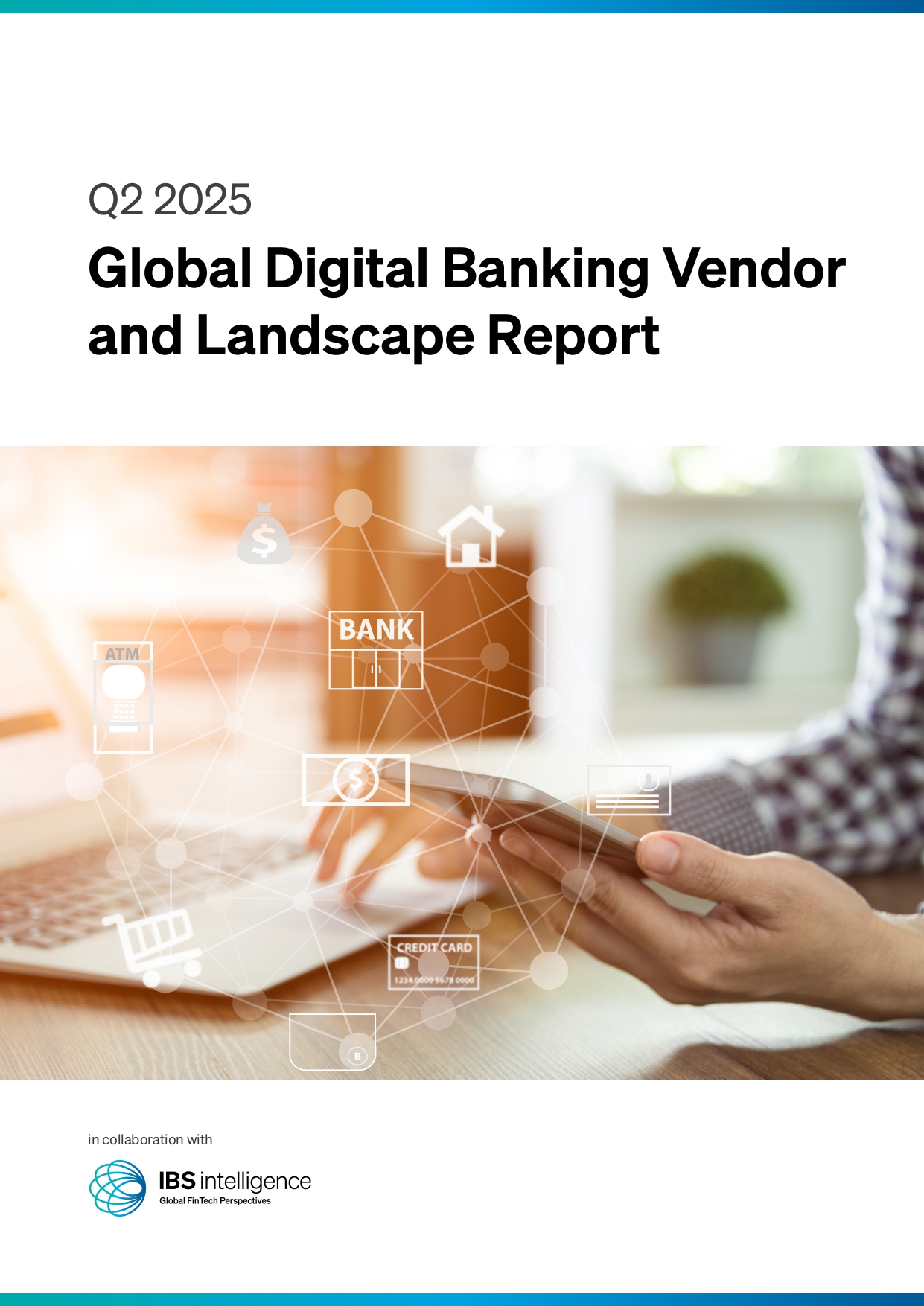
Global Digital Banking Vendor & Landscape Report Q2 2025
Know More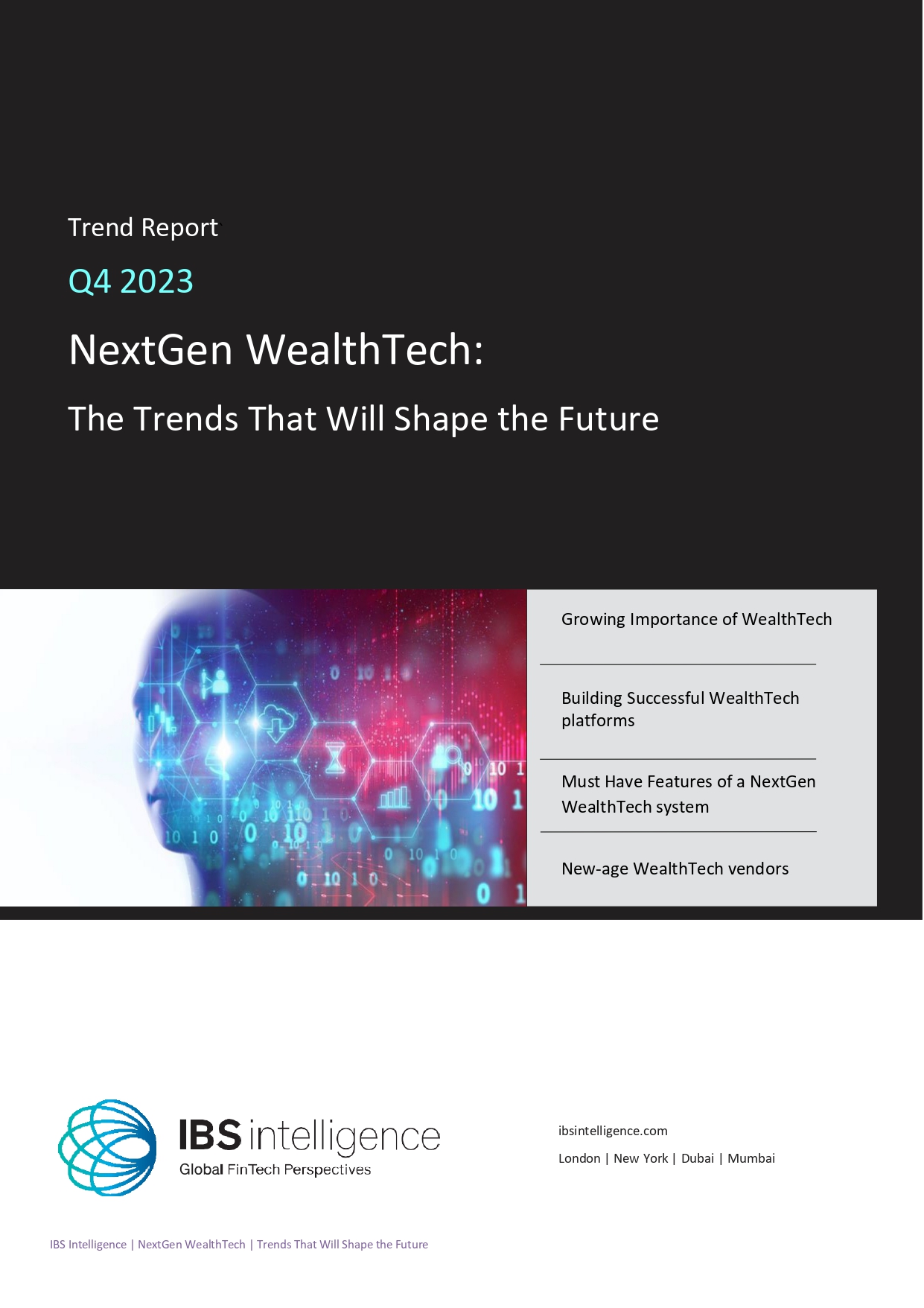
NextGen WealthTech: The Trends To Shape The Future Q4 2023
Know More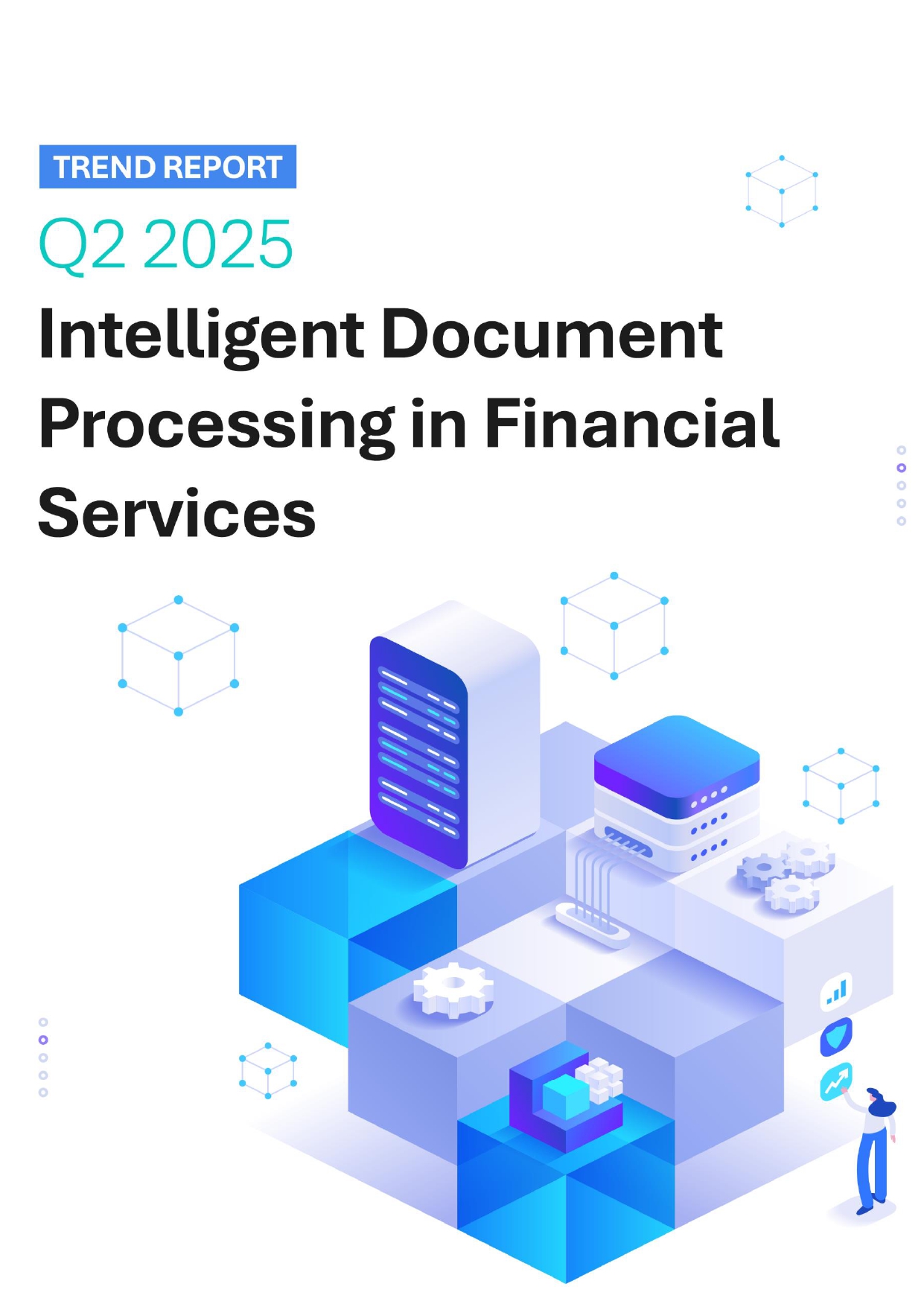
Intelligent Document Processing in Financial Services Q2 2025
Know More